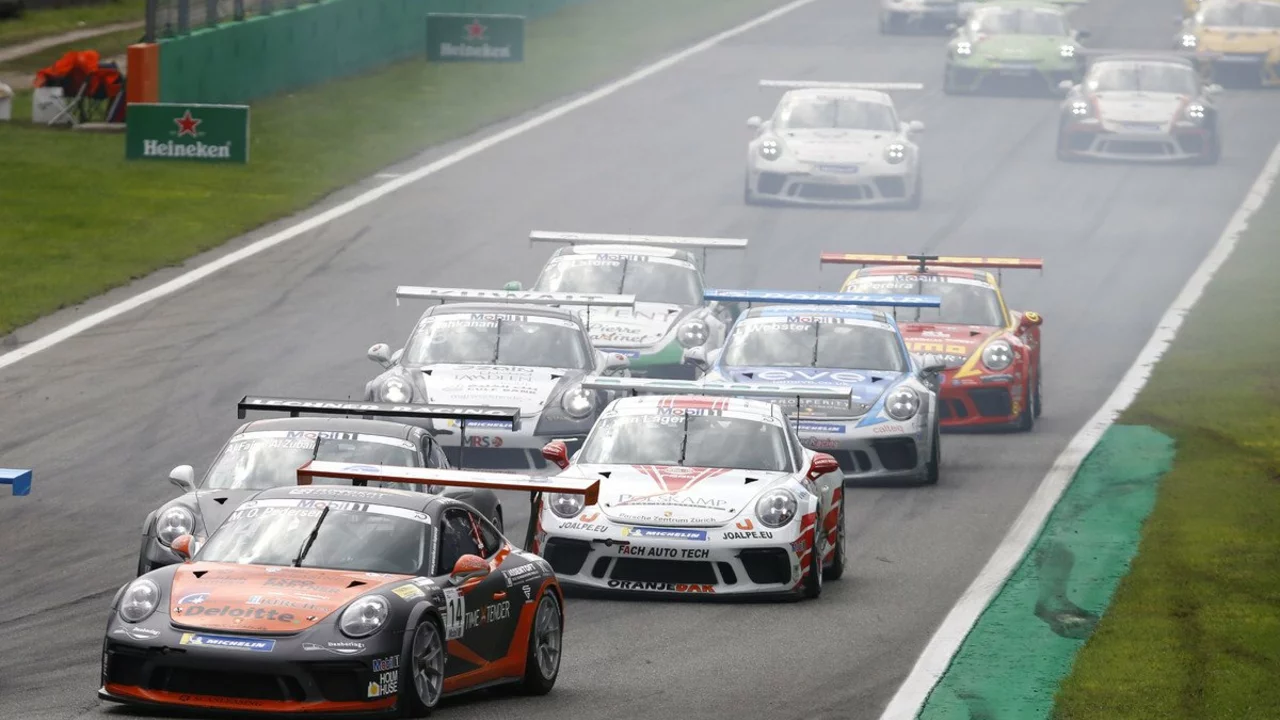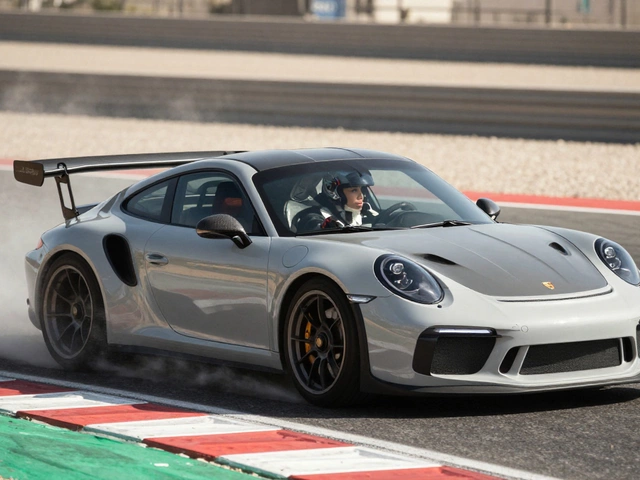Rally vs Formula One: A Straight‑Up Comparison of What Makes Each Sport Tough
Ever wonder if the mud‑splashed chaos of rallying or the razor‑sharp speed of Formula 1 is the bigger challenge? Both demand grit, but they test you in very different ways. Let’s cut the jargon and get to the real stuff.
Physical demands – the body’s workload
Rally drivers spend hours hunched behind a steering wheel that’s constantly fighting uneven surfaces. The car bounces, the seat vibrates, and the neck muscles work overtime to keep the head steady. Add a co‑driver shouting pace notes and you’ve got a marathon for the whole upper body.
Formula 1 pilots sit in a cockpit that’s a tight, temperature‑controlled box. Though the ride is smoother, the g‑forces in corners push you down into the seat like a hammer. The neck and core have to absorb up to 5 g for several seconds, which is a brutal, short‑burst workout.
Mental endurance – staying sharp under pressure
Rallying throws unpredictable terrain, sudden weather changes and blind corners at you. The co‑driver’s notes are your lifeline, so you need laser‑focus for every turn, every jump, every slip‑stream. One missed cue can send you off the road.
In Formula 1, the margin for error is measured in thousandths of a second. You’re making split‑second decisions while traveling at 200 mph, and a tiny mistake can cost the entire race. The mental strain comes from maintaining perfect lines lap after lap.
Both sports demand a high degree of concentration, but rallying tests endurance over a varied map, while F1 tests precision over a short, intense loop.
Technical skills – mastering the machine
Rally drivers must be jack‑of‑all‑trades: you need to read the road, adjust throttle control for loose gravel, and manage a car that can be in a different setup for each stage. The car is a wildcard, reacting differently on each surface.
Formula 1 engineers fine‑tune aerodynamics, tyre compounds and brake balance for a single circuit. The driver’s job is to extract every ounce of performance from a highly specialized machine that reacts predictably but at extreme levels.
In short, rallying forces you to adapt on the fly, while F1 forces you to master a consistently high‑performance vehicle.
So which is harder? If you love battling nature’s unpredictability, rallying might feel tougher. If you thrive on high‑speed precision and handling insane g‑forces, F1 could be the bigger test. The answer often comes down to personal strengths and what kind of pressure you enjoy.
Whatever side you pick, both sports push drivers to the limits of stamina, focus and skill. That’s why fans keep watching – they’re witnessing athletes who refuse to back down, no matter how wild the track or how fast the car.
Ready to pick a side? Try a rally simulation game for the off‑road chaos, or hop onto an F1 racing app for the high‑speed rush. Either way, you’ll get a taste of what makes each discipline a true test of human and machine.

What's harder, rallying or formula one?
In a recent blog post, we dove into the challenging worlds of rallying and formula one racing. After comparing their intense physical demands, mental endurance, and technical skills required, it seems both sports are incredibly tough in their own ways. However, many argue that rallying might be slightly harder due to its unpredictable terrains and weather conditions. On the other hand, the high-speed precision and split-second decisions required in Formula One can't be underestimated. Ultimately, the verdict is subjective and depends on personal preference and strengths.
read more
